What does a spider mite look like on cucumbers and how to deal with it?

Vegetable crops often suffer from various diseases and pests, which must be dealt with at an early stage in order not to lose crops. As for the cucumber beds, a spider mite may appear on them, so it is better to initially find out what it is, how the damage manifests itself, and how to overcome this problem.
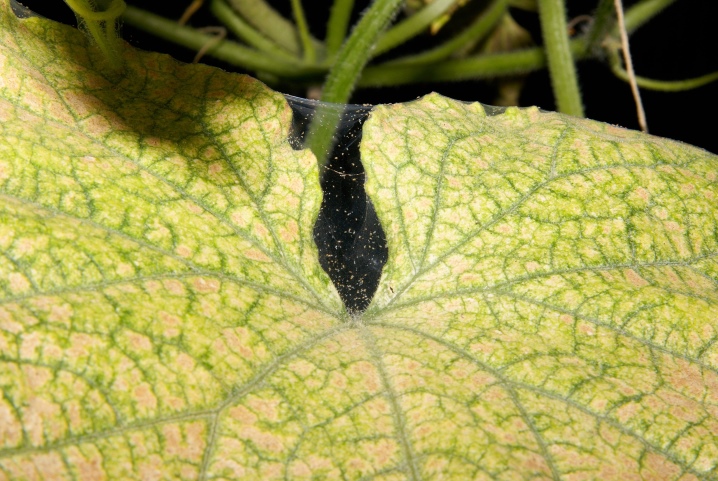
Description and reasons for the appearance
The spider mite, which often appears on cucumbers, is a polyphagous pest. It can live both outdoors and indoors, and many encounter it in greenhouses, which are ideal breeding grounds. The insect looks small, so it is not always so easy to recognize it, but when it comes to a colony, you can see it with a magnifying glass. The body is not only red, but milky-transparent, orange or yellow-green. Large individuals reach a size of up to 2 mm. Spiders have an ellipsoidal shape, the body is convex above, and more flat at the bottom. Pest larvae can be recognized by color - there should be dark spots on the sides, in adults there are four pairs of legs.

Females are very fertile, so if you do not fight the population, up to 500 eggs will begin to appear in the ground every few hours.
The main reason for the spread of ticks on planting in the greenhouse is low humidity and high temperatures, at which the pest is quite comfortable. It should be noted that arachnids can even appear on balconies where cucumbers are grown. First of all, the upper leaves are attacked, after which the pests move down, so novice gardeners can not always detect the problem. Another reason that can lead to a similar result is inadequate care of plants and soil.
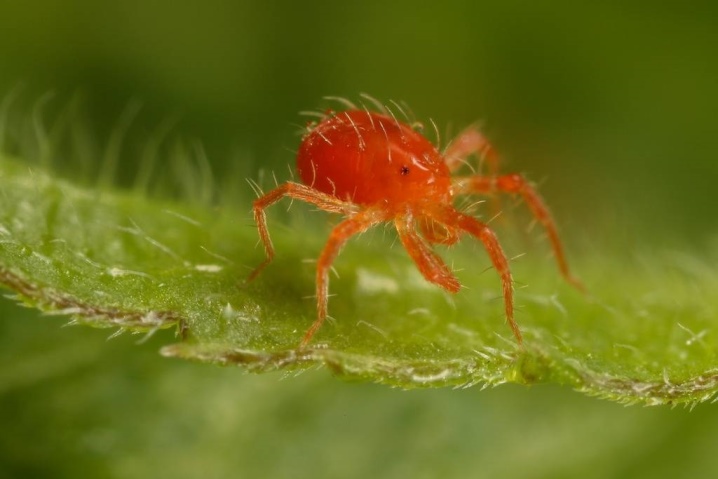
Signs of defeat
A leaf affected by an insect can be identified by a number of symptoms, which should be familiarized with at the very beginning.
- It will be possible to recognize the pest by the formation of light dots on the leaves.
- If the parasite has been living on the plant for a long time, you will find spots on the back side.
- The plant will be entwined with cobwebs, which are not easy to spot.
- The growth of a vegetable crop slows down significantly, which also indicates that a tick attacked it.
- Soon the leaves turn yellow altogether, and the base of the bush begins to wither and dries quickly.
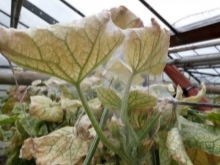
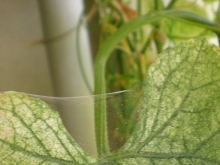

The sooner the parasite is found, the faster the plant needs to be treated so that it does not die from infection.
What can be processed?
You can get rid of a pest in open or closed ground in several ways, you can perform procedures both during and before fruiting. If you use the right remedies against the parasite, it will not be difficult to save the cucumber patch.
Chemicals
The best chemicals that have proven to be effective can kill parasites. Modern drugs do their job perfectly. It should be noted that ordinary insecticides will not help in this matter; it is necessary to look for specialized chemistry that needs to be sprayed on the affected plant. For this task, professionals recommend choosing acaricides or insectoacaricides.
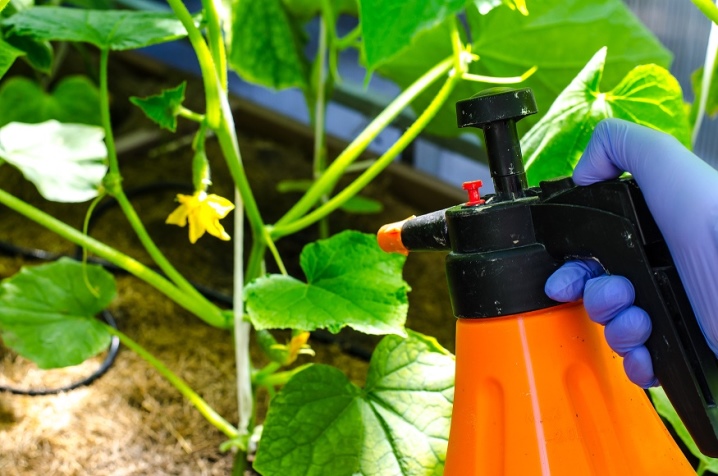
To get rid of the infestation of ticks, you will need to spray the plants several times, this is necessary to destroy not only adult insects, but their larvae.
- "Neoron" can be called a unique remedy that fights the parasite efficiently and quickly, it is enough to dilute the contents of the ampoule in a bucket of water and process the plants.
- One of the popular drugs is Fitoverm, it has a low degree of toxicity, while splashing should be outdoors, if you work in a greenhouse, provide ventilation.
- 4 ml "Aktofita" enough for 1 liter of water to sprinkle the leaves in the garden. Processing should be carried out on dry days so that the solution remains on the plant.
- Effective, and most importantly, long-term protection has "Anti-tick", which remains effective for three weeks. The proportions are 1 ml per 1 liter of liquid. This drug is beneficial to use in greenhouses and greenhouses.
- Has a wide spectrum of action "Karbofos", the product dissolves in a bucket of water.
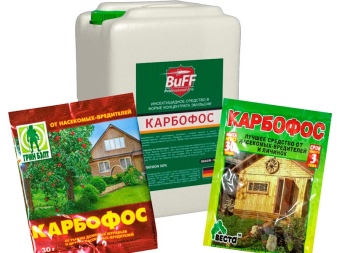
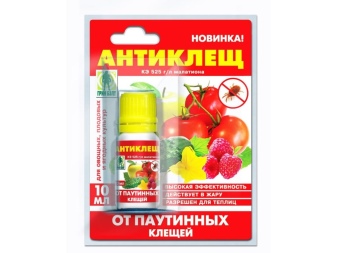
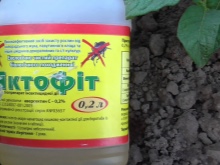

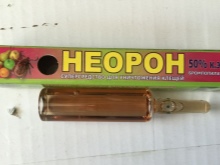
Before using any chemical agent, it is necessary to carefully study the instructions from the manufacturer and follow the recommendations regarding the preparation of the sprinkler. It is not difficult to treat, the main thing is to start on time so that you do not have to face dire consequences.
Biologicals
Experts say that biological products have a more pronounced effect, therefore, they can be safely chosen for the destruction of parasites. You can add to the list Aktofit, Boverin, Verticillin. There are no harmful components in the composition, so they are not dangerous for humans or animals, they have a toxic effect exclusively on insects that consume the juice of the culture.
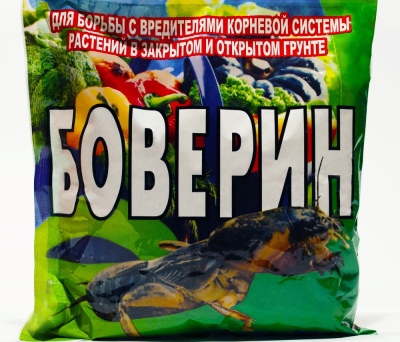
Biological products have an excellent performance indicator, spraying is carried out twice a month... The active ingredient in Kleschevit is aversectin C, which, when a tick enters the body, disrupts the functionality of the nervous system and leads to paralysis after 5 minutes. Most of the pests will die within half an hour, which is good news.
If we are talking about a closed room, the biological product will work for a week and a half, and on the street for 7 days. To achieve greater efficiency, it is recommended to process at a high temperature. "Kleschevit" copes well with adults, which is important to consider. Treatment will be positive if the instructions are followed.
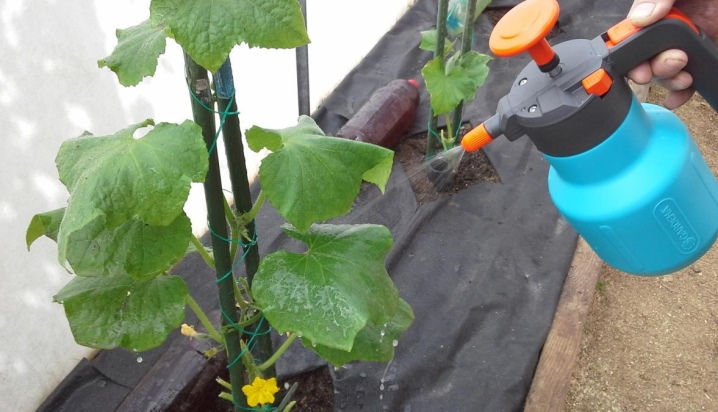
Review of folk methods of struggle
If you do not want to resort to the use of chemicals or biological products, you can use folk methods that will also help destroy or remove parasites from cucumber beds. Many products can be made at home, the ingredients are the simplest.
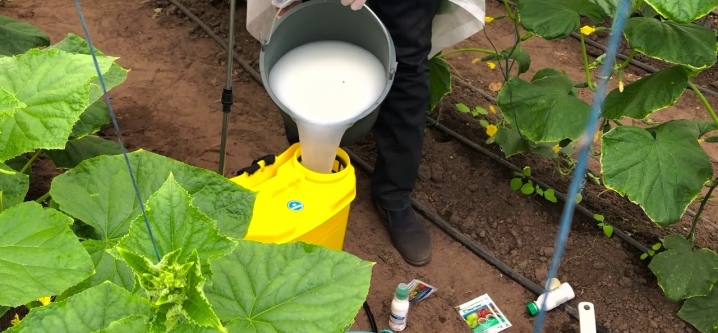
Here are some easy and effective examples.
- You can cook decoction of black henbane, you will need dried chopped leaves (1kg), which are poured with a bucket of boiling water. The infusion will be ready for use after 12 hours, it remains to strain and add a little liquid laundry or tar soap. The latter will help the substance to stay on the leaves and not drain to the ground.
- Medicinal dandelion can be an excellent helper in the treatment of cucumbers from spider mites. You need to collect 500 g of leaves or replace them with dry roots, then pour a bucket of hot water. The broth is infused for a day, filtered and the beds can be watered.
- Garlic is an excellent means of struggle, only 30 g and a little laundry soap in a bucket of water will show you an excellent result. Hydrogen peroxide, as you know, is used to combat various pests; it is one of the most popular folk remedies used by gardeners. You will need 20 ml of peroxide and 1 liter of water to process a small bed.
- Birch tar will be an excellent assistant in solving the problem of pest control. To prepare the solution, you will need a bucket of warm water, 2 teaspoons of tar and a little laundry soap, all this is mixed to a single mass. With this tool, you need to process all sides of the leaves, especially the lower ones, where the parasite often hides.
- You can remove the pest in another way.... To do this, you need ordinary ammonia, which is often found in everyone in the house. The tool will cope with the destruction of not only insects, but also their larvae. Pour a jar of rubbing alcohol into a 10 liter bucket of water and simply water the flowers, dampen the leaves on both sides. As a preventive measure, you can treat the soil, this will have a beneficial effect on the result.
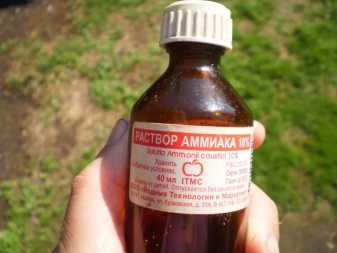
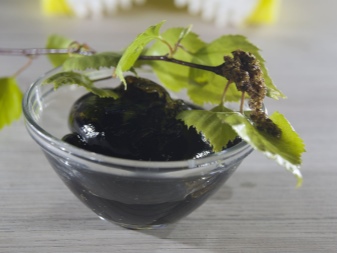


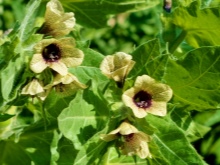
What plants repel the pest?
Despite the fact that the parasite multiplies quickly and infects vegetable crops, it has its drawbacks that will help defeat it. The spider mite is afraid of some plants, which have a detrimental effect on the insect.
- Datura decoction will help to cope with the problem, you need to find 3 kg of a fresh plant without roots and brew in a bucket of water for 3 hours. As soon as the liquid has cooled, it is necessary to remove the plants and spray the cucumbers every few days until the tick disappears altogether. This method is suitable for large plantations, but if the beds are small, you can prepare an infusion of dry grass.
- The pest dislikes calendula, therefore, 0.5 kg of dry color, which can be purchased at any pharmacy, will be enough to pour 4 liters of water and send it to infuse for several days. The processing method is the same as with other drugs and folk remedies.
- Onion peel will help to cope with the problem, 200 g is enough to prepare a strong infusion, then the mass is filtered and wrung out. If there are garlic arrows, you can use them. It is recommended to process the beds after sunset, so that infusions and decoctions do not lose their properties under the influence of rays.
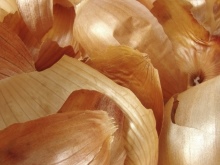

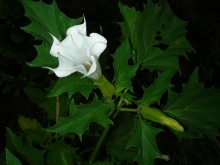
But there is another option for influencing the tick. The same plants can be planted near cucumbers and will repel insects. Marigolds, mint, lavender will also become good neighbors. Their scent causes pests to stay away from them.
Prevention measures
Many would agree that crop problems can be avoided if safety measures are taken. This will save the effort, time and money for buying and using various chemicals, and the culture will develop in the right environment. Cucumbers can be protected initially, if you follow the recommendations, the result will not be long in coming. The first step is to inspect plants regularlyit is possible that larvae or adult pests, of which there are not so many, could have appeared on them. It is recommended to wipe the dust from the leaves with a damp cloth, this will have a beneficial effect on any plant, not only on cucumbers. If during the inspection, affected leaves were found, they must be immediately removed and burned. Any culture should receive a sufficient amount of water, especially for cucumbers.
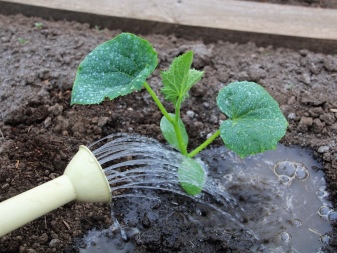
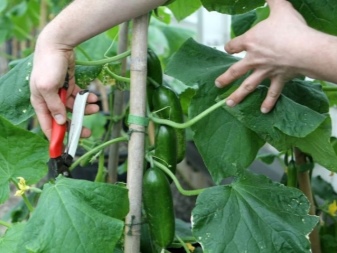
You can do a weekly warm shower, which will not only nourish the soil, but wash the parasites off the plants. The market offers a wide range of fertilizers, many of which are organic, they saturate the soil with useful elements, so the harvest will be rich and very tasty.

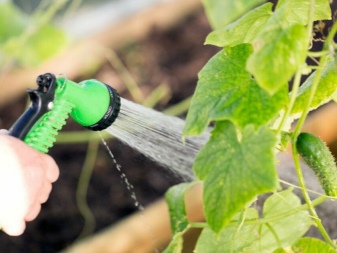
When it comes to greenhouses and greenhouses, ensure optimum humidity. It is important to keep the beds clean, to process the structures twice a year. Dig up the ground every time you are going to start planting cucumbers, because there may already be mites in the soil that were left from the last harvest.
Cabbage and tomatoes are resistant to the spider mite parasite, so plant next to cucumbers if possible. At the end of the harvest, the roots are dug up and burned.

It is recommended to plant the crop in a new place each time.
Resistant varieties
There is no such type of cucumber that would be completely immune to this parasite, however, there are varieties that are indeed more resistant than others, so there are several options to consider before planting.
- A mid-season variety is considered "Spring"suitable for greenhouses and open ground. Already after a month and a half, you can get the first fruits. The hybrid was created through Soviet selection, it crunches and does not taste bitter, rarely gets sick and copes with transportation.
- "Goosebump" known to many gardeners who grow under a film coating. This self-pollinated, branchy plant can produce a rich harvest of crispy, succulent cucumbers.
- This can also include Benefit, Athlete and Five Stars.

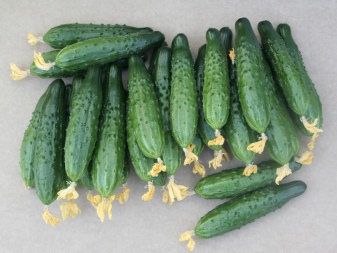
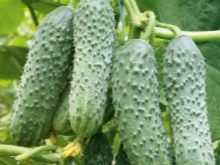
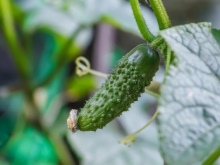

If possible, choose varieties that will be resistant to the appearance of such a pest, and you will be satisfied with the result. However, you should not neglect preventive measures, and if the parasite has been detected, you should immediately start taking serious action to protect the future harvest.
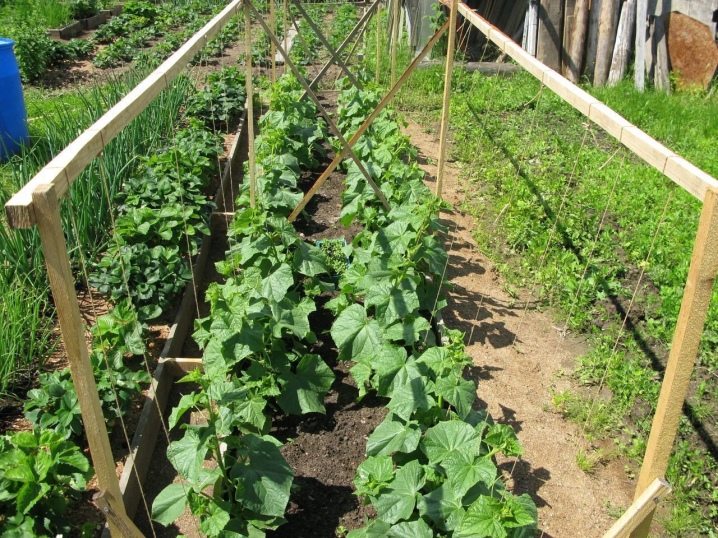













The comment was sent successfully.